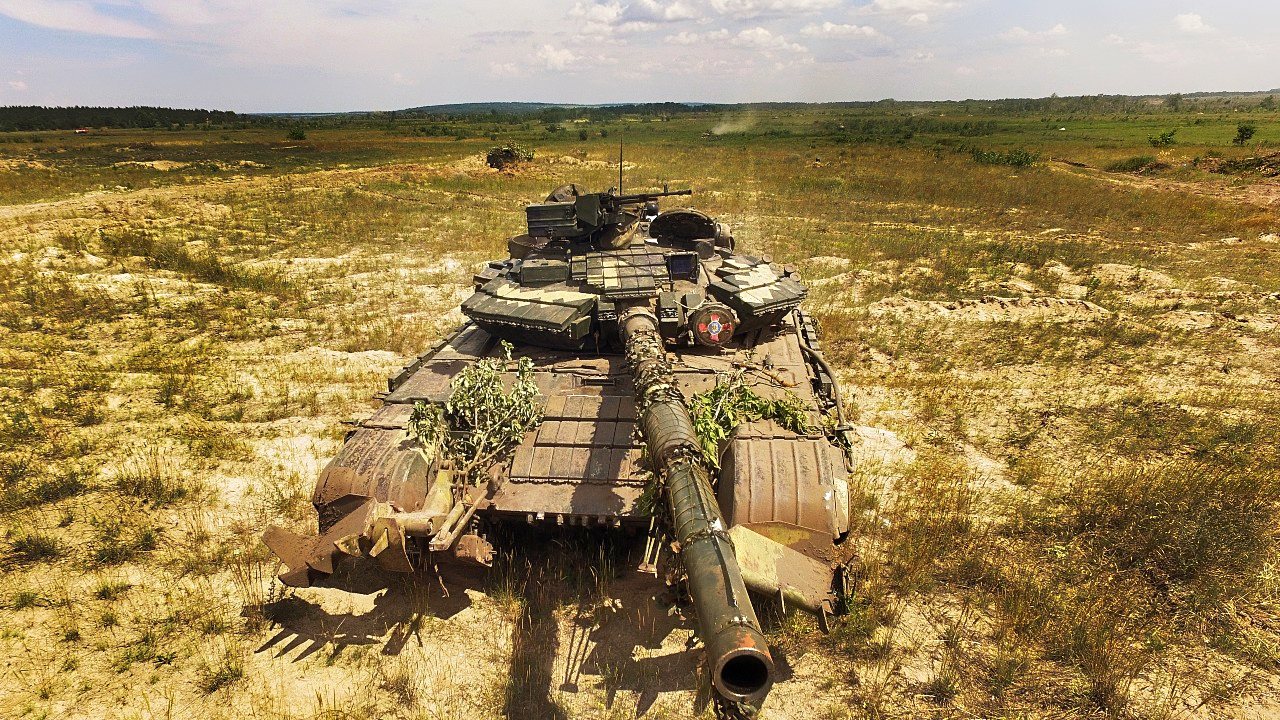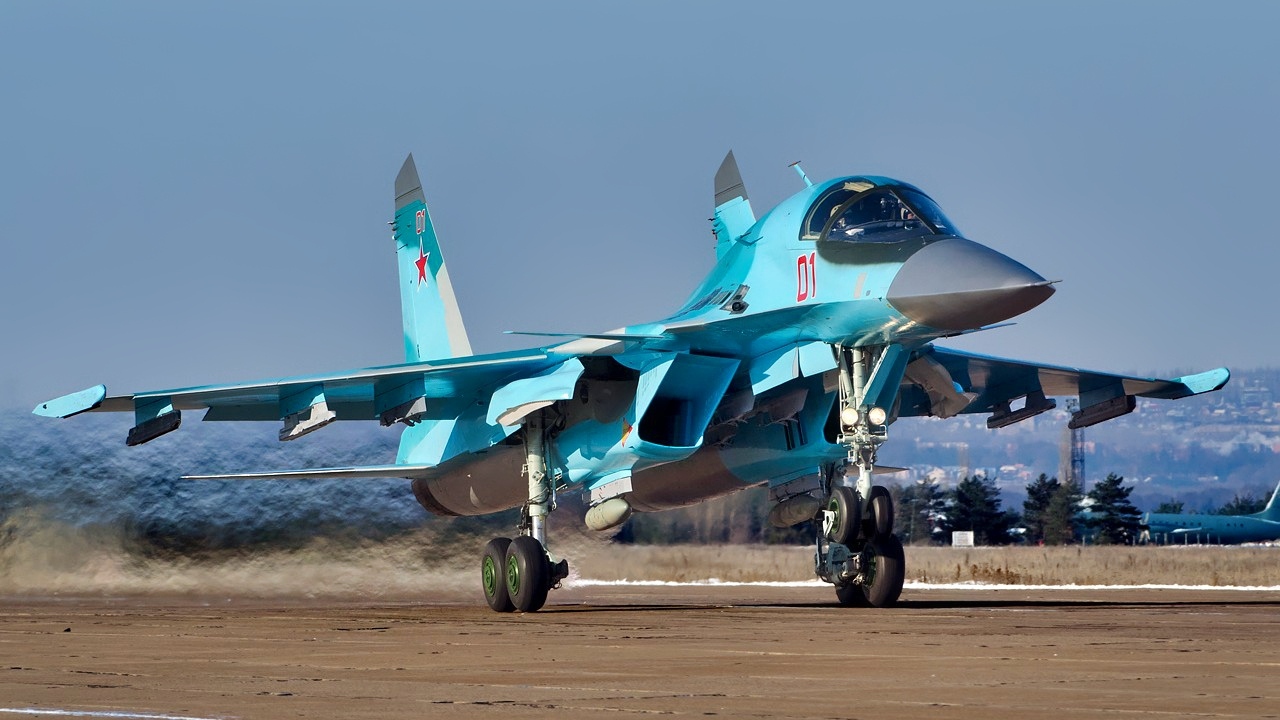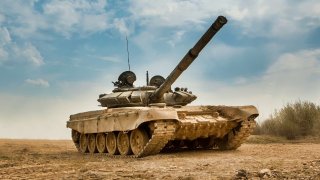The Uncertain Future of the Russian Army
Russia's prolonged campaign in Ukraine has led to severe losses in armor, aircraft, and manpower. An estimated 3,000-8,000 main battle tanks (MBTs) have been lost, including hundreds of T-72s and T-90s, as anti-armor tactics devastate Russian forces.
What You Need to Know: Russia's prolonged campaign in Ukraine has led to severe losses in armor, aircraft, and manpower. An estimated 3,000-8,000 main battle tanks (MBTs) have been lost, including hundreds of T-72s and T-90s, as anti-armor tactics devastate Russian forces.

-Aircraft losses include around 369 fixed-wing assets, with the high-maintenance Su-57 also impacted. Manpower casualties reportedly exceed 600,000.
-Sustainability remains challenging: Russian tank production is limited to 50 per month, Su-57 production faces sanctions-related delays, and recruitment is propped up by higher pay incentives. The war’s toll highlights potential vulnerabilities in Russia’s military structure.
How Much Damage Has the Ukrainian War Done to the Russian Army?
Russian dictator Vladimir Putin’s seemingly interminable “special military operation” in Ukraine, doncha dare call it an actual voyna (war) in Mr. Putin’s presence, or within earshot of his minions, unless you want to end up either in Russian prison and/or dead! It has resulted in grievous losses in terms of manpower and material alike.
Just how severe have Russia’s losses been? Let’s break it down into three specific categories, and from there examine how Putin’s forces can continue to sustain such losses.
Armor Losses (Main Battle Tanks [MBTs] and Armored Personnel Carriers [APCs])
As cited by the CBC back in March, the International Institute for Strategic Studies (IISS), a London-based defense and security-focused think-tank, believes Russia has lost at least 3,000 MBTs in the Ukraine campaign. Other reports indicate that the number could be as high as 8,000. Whichever statistic you’re more inclined to believe, given the advances in anti-armor weapons in the twenty-first century, it should come as little surprise that Russian armor is taking such a horrific beating.
Breaking that down further, going from newest to oldest platforms:
-According to my colleague Maya Carlin, “Oryx estimates that Moscow has lost at least 145 T-90s, which are considered to be the most capable MBTs Russia fields…The downward performance trajectory for Russia’s most modern tank does not bode well for the Kremlin’s offensive efforts.”

Out of roughly 4,000 T-90 units built, 3,000 of those ended up in actual Russian hands (as opposed to foreign customers. So, assuming for argument’s sake that the 145 dead tanks tally is accurate, that equates to a loss rate of 4.8 percent.
-The National Interest’s Harrison Kass reports that roughly 1,200 T-72s have been destroyed in Ukraine. This past July, Forbes staff writer David Axe reported that the oldest T-72s alone account for ten percent of the total fleet’s losses. SlashGear reported that 2.034 of them were still in Russian army service as of 2020, so those 1,200 dead T-72s equate to a mind-blowing 58.9 percent loss rate!
Mind you, back in the latter three decades of the twentith century, the T-72 was one of the most vaunted MBTs of the Cold War era, especially on account of its performance in the Iran-Iraq War and the 1982 Lebanon War.)
Older tanks such as the T-62, and T-54/T-55, which are being pressed back into service out of sheer desperation, are also taking a shellacking. For good measure, according to Newsweek, Russian APCs losses could be as high as 18,000.
These severe losses have led to Russia’s unwillingness to deploy the newer T-14 Armata MBT, though the Armata’s exorbitant expenses and production shortfalls are also a demotivational factor.
Aircraft Losses
Granted, technically speaking, Russia’s fixed-wing military aircraft actually belong to the Russian Aerospace Forces (VKS) as opposed to the Russian Ground Forces, but since how the term “army” is ofttimes generically used as an all-encompassing term for a nation’s entire armed forces as opposed to just the actual army, why nitpick?

The New Voice of Ukraine claims that 369 Russian aircraft have been destroyed thus far, and though admittedly these claims must be taken with a grain of salt, a more objective source, that being Michael Bohnert of the RAND Corporation stated, “After two years of air war, [Russia’s] total force is slightly less than seventy-five percent of its prewar strength…The VKS has directly lost approximately sixteen fighters over the past eight months. However, this does not account for the imputed losses, that arise from an aircraft accruing more flight hours than planned, reducing its overall life. Based on updated information, the VKS is on track to suffer approximately sixty imputed aircraft losses this year from overuse. That is equivalent to losing twenty-six new airframes.”
These losses include the Russkies’ top-of-the-line fighter jet, the Sukhoi Su-57 “Felon” Fifth Generation stealth fighter, and the Beriev A-50 “Mainstay” airborne early warning and control (AEW&C) warbird.
Manpower Losses
Mechanical/technological losses are plenty concerning, but of course, none of those high-tech, and not so high-tech, machines are any good without human beings, i.e. the flesh & blood troops who operate the war machines on the frontlines to begin with, and thus we come to the most morbid numbers in the metaphorical butcher’s bill that Russia is paying on the Ukraine front.
As reported last month in Defense News, Pentagon officials stated that Russian casualties hit the 600,000 mark.
The Way Ahead, i.e. How Can Putin Sustain This?
What about the sustainability issue?
Let’s start with the armor category. Fast-forward to this past April and Russia’s then-Defence Minister Sergei Shoigu claimed that Russian tank production was booming, boasting that, “The Omsk plant [in Siberia] is fulfilling the program, I can say it is even over-fulfilling the program. The issues and tasks that we decided on during our last visit have almost all been resolved.’”
However, the aforementioned David Axe Forbes article painted a less rosy picture, that seems to belie nothing that Russian tank production is topping out at fifty per month.
As for aircraft? Well, the Su-57 is currently facing a production halt thanks to a shortage of key components stemming from Western sanctions. Meanwhile, the Russkies’ other aspiring stealth fighter, the Su-75 “Checkmate” stealth fighter is languishing in Development Hell. RAND’s Mr. Bohnert notes that, “Meanwhile the VKS currently procures only about 20 total Su-30, Su-34, and Su-35 aircraft per year.”
Last but not least, the human factor, i.e. replacing the flesh & blood cannon fodder of the Russian Army. Defense News states that, “So far Russia has been able to recruit more soldiers mostly through higher pensions and pay. The growing losses along the front may challenge that approach.”
Then, of course, there’s that augmentation service being provided by the North Koreans.
About the Author:
Christian D. Orr is a Senior Defense Editor for National Security Journal (NSJ). He is a former Air Force Security Forces officer, Federal law enforcement officer, and private military contractor (with assignments worked in Iraq, the United Arab Emirates, Kosovo, Japan, Germany, and the Pentagon). Chris holds a B.A. in International Relations from the University of Southern California (USC) and an M.A. in Intelligence Studies (concentration in Terrorism Studies) from American Military University (AMU). He has also been published in The Daily Torch , The Journal of Intelligence and Cyber Security, and Simple Flying. Last but not least, he is a Companion of the Order of the Naval Order of the United States (NOUS).
Image Credit: Creative Commons and/or Shutterstock.


